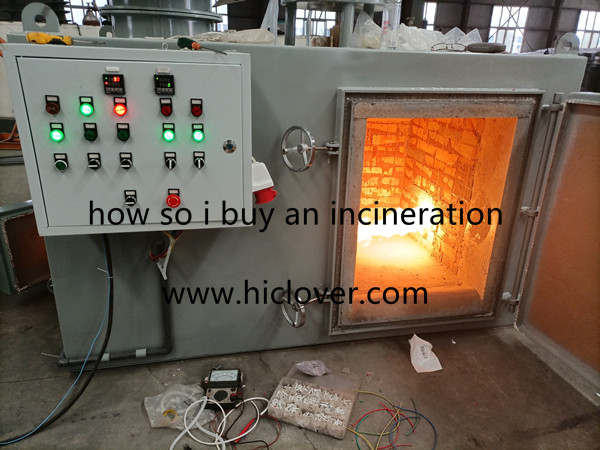How to Ensure Worker Safety at Waste Incineration Facilities- safety waste incinerator

Waste incineration facilities play a crucial role in managing society’s waste and converting it into energy. However, these facilities can also pose significant risks to worker safety if not managed properly. It is essential for waste incineration facilities to implement strict safety protocols to protect their workers from potential hazards. Here are some key steps that waste incineration facilities can take to ensure the safety of their workers:
1. Provide thorough training: Workers at waste incineration facilities must be adequately trained on how to safely operate equipment and handle waste materials. Training should cover proper safety precautions, emergency procedures, and the use of personal protective equipment (PPE). Regular refresher training sessions should also be provided to ensure that workers stay up-to-date on safety protocols.
2. Implement proper ventilation systems: Waste incineration facilities generate a variety of hazardous gases and fumes that can pose serious health risks to workers. It is essential to have effective ventilation systems in place to ensure that these gases are properly dispersed and that workers are not exposed to harmful pollutants. Regular maintenance of ventilation systems is also crucial to ensure their continued effectiveness.
3. Enforce strict PPE requirements: Personal protective equipment such as gloves, goggles, respirators, and protective clothing should be provided to workers at waste incineration facilities. It is essential for facilities to enforce strict PPE requirements and ensure that workers wear the appropriate gear at all times. Regular inspection of PPE to check for wear and tear is also necessary to ensure its effectiveness.
4. Conduct regular safety inspections: Waste incineration facilities should conduct regular safety inspections to identify potential hazards and address them promptly. Inspections should cover all aspects of the facility, including equipment, storage areas, and waste handling procedures. Any safety concerns should be addressed immediately to prevent accidents and injuries.
5. Encourage open communication: Workers should be encouraged to report any safety concerns or incidents that they encounter while working at the waste incineration facility. Open communication between workers and management is essential to identify potential hazards and implement corrective measures. Workers should feel empowered to speak up about safety issues without fear of retaliation.
6. Prioritize emergency preparedness: Waste incineration facilities should have comprehensive emergency response plans in place to address potential accidents or incidents. Employees should be trained on emergency procedures and evacuation protocols to ensure a quick and effective response in case of an emergency. Regular drills and simulations can help to reinforce these procedures and ensure that workers are prepared for any situation.
In conclusion, ensuring worker safety at waste incineration facilities is essential to protect the health and well-being of employees. By implementing thorough training, proper ventilation systems, strict PPE requirements, regular safety inspections, open communication, and emergency preparedness protocols, waste incineration facilities can create a safe working environment for their employees. By prioritizing worker safety, waste incineration facilities can reduce the risk of accidents and injuries, and create a culture of safety within the organization.